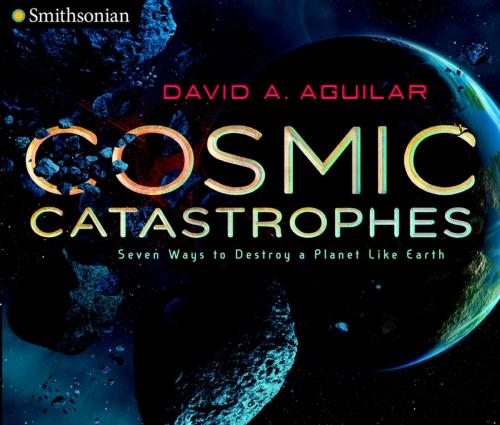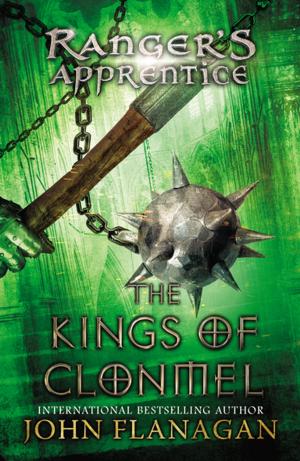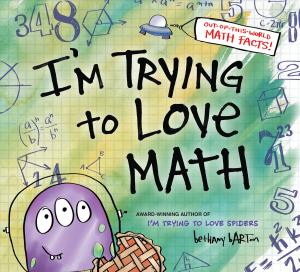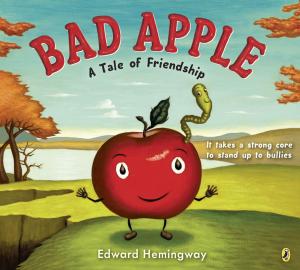Cosmic Catastrophes
Seven Ways to Destroy a Planet Like Earth
Kids, Natural World, Disasters, Astronomy, Earth Sciences| Author: | David A. Aguilar | ISBN: | 9780425288047 |
| Publisher: | Penguin Young Readers Group | Publication: | June 14, 2016 |
| Imprint: | Viking Books for Young Readers | Language: | English |
| Author: | David A. Aguilar |
| ISBN: | 9780425288047 |
| Publisher: | Penguin Young Readers Group |
| Publication: | June 14, 2016 |
| Imprint: | Viking Books for Young Readers |
| Language: | English |
In the vast realm of outer space, accidents happen all the time. Things bump into each other. Stars blow up. Space rocks smash into planets. Black holes gobble up everything in their path. The sun is burning out. A comet swarm is bearing down. Any of this could change—or even eliminate—life on a planet like Earth.
Countdown to cosmic catastrophes!
From asteroid hit to alien invasion, astronomer David Aguilar builds the scientific case for seven extreme events that could impact Earth. (Though not as we know it: most of these catastrophes are way down the cosmic line . . . we hope!) He tells an exciting nonfiction story about how and why these space catastrophes could happen and then creates beautiful, original art to show just how devastatingly spectacular it will be when any one of these seven “big ones” hit!
The SMITHSONIAN INSTITUTION is the world’s largest museum and research complex. Founded in 1846, it includes nineteen museum and galleries, the National Zoological Park, and nine research facilities. Its vast collections house 138 million artifacts, specimens, and works of art, which represent our nation’s rich heritage, art from across the globe, and the immense diversity of the natural and cultural world.
In the vast realm of outer space, accidents happen all the time. Things bump into each other. Stars blow up. Space rocks smash into planets. Black holes gobble up everything in their path. The sun is burning out. A comet swarm is bearing down. Any of this could change—or even eliminate—life on a planet like Earth.
Countdown to cosmic catastrophes!
From asteroid hit to alien invasion, astronomer David Aguilar builds the scientific case for seven extreme events that could impact Earth. (Though not as we know it: most of these catastrophes are way down the cosmic line . . . we hope!) He tells an exciting nonfiction story about how and why these space catastrophes could happen and then creates beautiful, original art to show just how devastatingly spectacular it will be when any one of these seven “big ones” hit!
The SMITHSONIAN INSTITUTION is the world’s largest museum and research complex. Founded in 1846, it includes nineteen museum and galleries, the National Zoological Park, and nine research facilities. Its vast collections house 138 million artifacts, specimens, and works of art, which represent our nation’s rich heritage, art from across the globe, and the immense diversity of the natural and cultural world.















